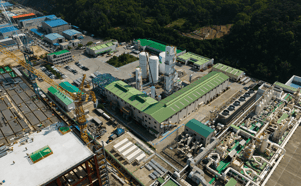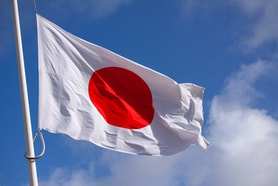Self contained liquid hydrogen container
The ISO 40-foot container has self-pressurizing features and, since it is the largest allowed by container standards, boasts increased capacity. The container’s pressurized vaporizer enables the dispensing of liquefied hydrogen without an external pressurizing unit, so it can therefore be used for both refilling/dispensing at stationary tanks and as a parked container for dispensing liquefied hydrogen.
The commercialized container is the result of Kawasaki’s advanced cryogenic technologies. In the past, Kawasaki developed and built one of the largest liquefied hydrogen storage tank systems, comprising three tanks with a capacity of 540 m3 each, for launch facilities at the Japan Aerospace Exploration Agency (JAXA) Tanegashima Space Center. Prior to the 40 ft. version, it had developed a 20 ft. container, and in January 2005 achieved Japan’s first successful transport of liquefied hydrogen to a hydrogen station.
Applications to rocket fuel and industrial gas have made hydrogen a popular source of power. Demand is expected to grow further with its application to fuel cell vehicles. The development of advanced liquefied hydrogen containers will contribute to its efficient mass transportation, since liquefaction reduces hydrogen’s volume to 1/800.
... to continue reading you must be subscribed









